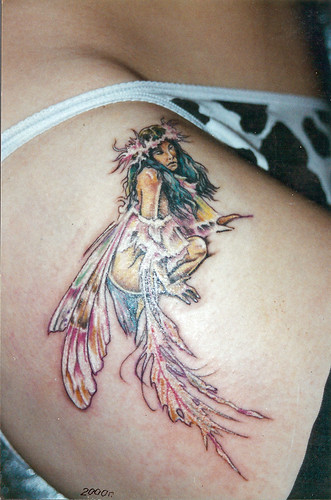

In a similar way to Keith Fulton and Louis Pepe's Lost In La Mancha (2000), narrating the incredible chain of disastrous events that prevented Terry Gillian from finishing his adventure film about Don Quixote, Clouzot's Inferno is about a film that never saw the light of day, or better put, the darkness of a cinema theatre, in spite of all the efforts and money spent into it.

Over the course of the documentary, we understand that however cautiously Clouzot had planned and prepared every frame and scene of his film with a fine-toothed comb, between the Boulogne-Billancourt Studios in the west of Paris and a remote lake setting in rural Cantal; however demanding he was with his actors and crew, requiring them to work around the clock and re-shoot the same scenes time and again until the result would for some obscure reason finally satisfy him, the project was programmed to fail and Clouzot to sink into madness and depression with it. And, unlike Lost In La Mancha, which humourously blamed the forces of nature for ruining Gillian's movie, we are made to believe it is Clouzot's violently obsessive character that was the main cause for Inferno's failure.

For those not familiar with the film maker, best known for his classic Quai des Orfevres (1947), the documentary gathers testimonies, some funny, some scary, from the people who worked with him at the time, and had to put up with his increasing folly. The sweet and sour portrait they brush up is that of a truly inspired and dedicated artist who just didn't know where to draw the line and who gave everything he had to express his inspiration as truthfully as possible. Interestingly, the film was supposed to tell the story of a middle-aged man (Serge Reggiani) who becomes pathologically jealous about his beautiful, candid wife (Romy Schneider) and day dreams of incongruous scenes where she lavishly cheats on him with the local mechanic. Although the documentary doesn't attempt to rebuild Inferno as a whole from the rushes, it does offer a vision of what some of the key scenes would have been like, at times involving current French actors in rehearsal-style sketches to help us understand better how scenes would have followed each other.

As we go through the different steps of the film production, highlighting how unusual the project was in its Hollywoodian scale and budget, at a period in France when the Nouvelle Vague advocated spontaneity and improvisation on a shoestring, we discover Clouzot's indulgent yet controlled cinematography and his imaginative representation of erotic themes. The documentary makes great use of the numerous hours of film material that resulted from the titanic work on avant-garde special effects, meant to translate the troubled state of mind of Serge Reggiani's character. We see some amazing stroboscopic and kaleidoscopic effects using the latest techniques at the time, offering unprecedented sights of world-famous star Romy Schneider in hallucinogenic colours and outfits, and an obsessive, almost ghastly perfectionism applied to every single scene - taking actors to their physical limits. Right until the end of the epic, cut short by Clouzot's non-fatal heart attack, we see the gap between the film maker and the rest of the world widening, symbolised by Reggiani's nightmarish visions.
The film will give you a unique opportunity to admire Schneider's universal beauty under a new light, dive into a unique movie-maker's atmosphere, indulge in 1960's vibrant visual effects and ponder on what the film would actually have been like if it had been completed.
TR for Art is Alive.




















